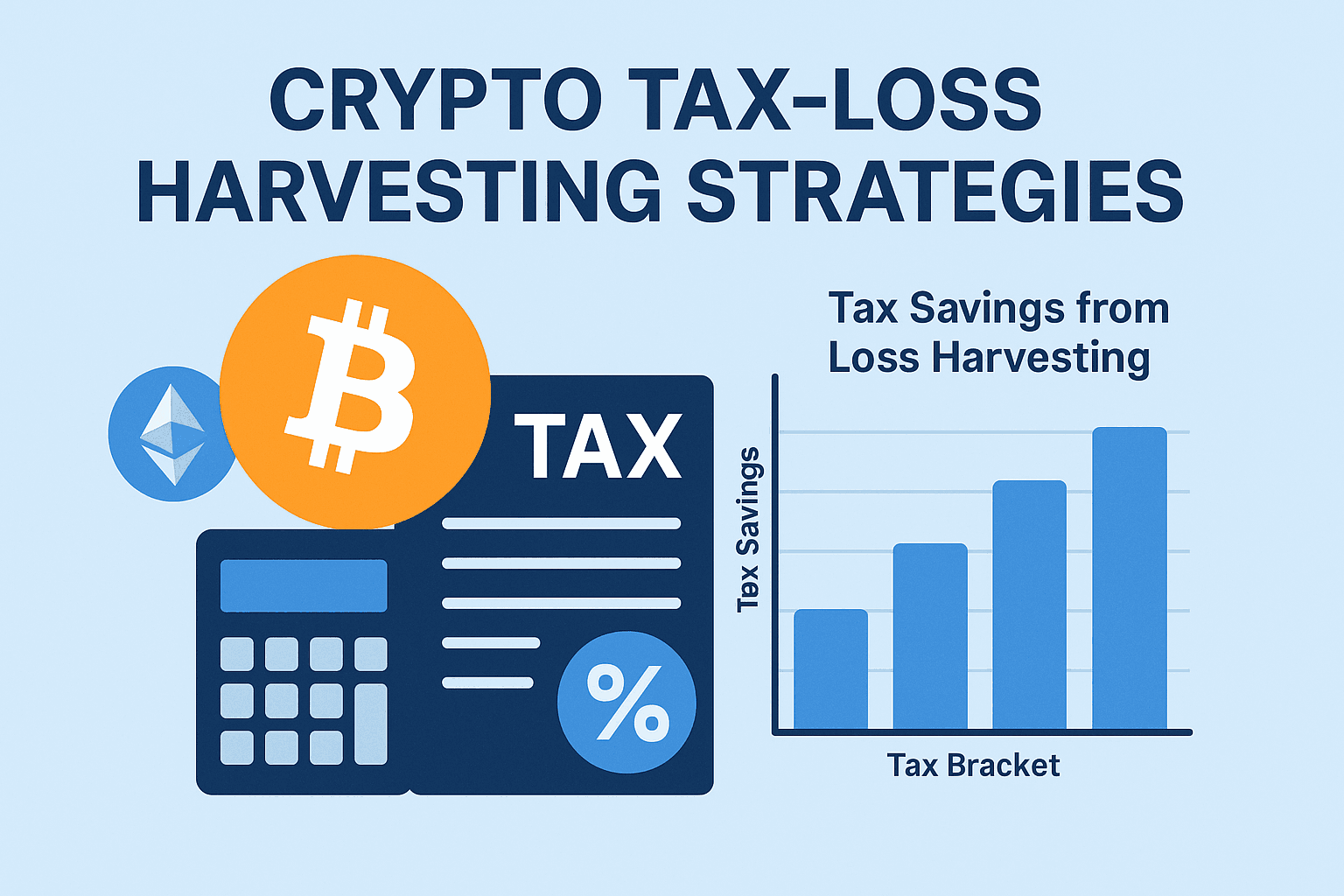
If you’ve ever wished your money could work for you while you sleep, DeFi and staking for passive income might be your answer—especially in today’s digital economy.
Unlike traditional savings accounts offering less than 1% interest, decentralized finance (DeFi) and crypto staking allow users to earn 4%, 10%, or even more annually just by holding digital assets. And the best part? It’s all automated.
But before you jump in, it’s important to understand how it works, the risks involved, and which strategies make the most sense for long-term income.
What Is DeFi?
DeFi, or Decentralized Finance, refers to blockchain-based financial services that operate without banks or intermediaries. Everything runs on smart contracts—automated bits of code that handle lending, borrowing, trading, and rewards.
In DeFi, you can:
- Earn interest by lending out crypto
- Provide liquidity and collect fees
- Stake tokens to secure a network and get rewarded
It’s like being your own bank, but with higher returns and more freedom.
What Is Staking?
Staking involves locking up cryptocurrency in a blockchain network that uses Proof of Stake (PoS) consensus. In return for helping secure the network, you earn rewards—usually paid in the same coin.
Popular staking coins include:
- Ethereum (ETH)
- Solana (SOL)
- Cardano (ADA)
- Polkadot (DOT)
- Avalanche (AVAX)
You can stake directly from your wallet, use centralized exchanges like Coinbase or Binance, or join a staking pool with lower minimums.
Why People Love DeFi and Staking for Passive Income
Let’s look at what draws investors to these strategies.
High Yields
DeFi protocols often offer APYs (annual percentage yields) far above traditional banks.
Decentralization
No need to trust a central authority. You control your funds, access, and strategy.
24/7 Markets
Everything runs on code—no weekends, no bank hours.
Global Access
Anyone with a wallet and internet connection can participate.
Compounding Opportunities
Many protocols let you reinvest earnings to boost returns over time.
Table: Top DeFi vs. Staking Platforms (2025)
| Platform | Type | Typical Yield | Notes |
|---|---|---|---|
| Lido | Staking (ETH) | ~3–4% | Liquid staking—receive stETH |
| Aave | Lending (DeFi) | ~2–6% | Supply stablecoins or ETH |
| Convex Finance | DeFi Yield Aggregator | ~10–20% | Advanced users only |
| Kraken | Centralized Staking | ~3–12% | Secure and beginner-friendly |
| Cosmos (ATOM) | Native Staking | ~15% | Long-term, inflation-backed rewards |
Realistic Income Potential
Bar Chart: Annual Passive Income from DeFi/Staking
| Investment | Annual Return (5% yield) |
|---|---|
| $1,000 | $50/year |
| $10,000 | $500/year |
| $25,000 | $1,250/year |
| $50,000 | $2,500/year |
Actual results vary based on coin volatility, network demand, and platform fees—but these figures give you a sense of what’s possible.
Getting Started: How to Earn with DeFi and Staking
1. Choose Your Assets
Pick coins you already believe in. Don’t stake or lend a token you wouldn’t otherwise hold. Stablecoins like USDC or DAI are great for beginners looking for lower-risk yields.
2. Select a Platform
You can:
- Use a non-custodial wallet (MetaMask, Trust Wallet)
- Stake via centralized exchanges (Kraken, Binance)
- Use DeFi apps (Aave, Curve, Yearn)
Each has its pros and cons. Centralized exchanges are simpler, while DeFi gives more control.
3. Connect and Deposit
For DeFi, connect your wallet to the app (via browser extension), approve the transaction, and deposit your tokens.
4. Start Earning
Yields are usually paid daily or weekly. Some platforms require “unstaking” periods before you can withdraw.
5. Monitor Performance
Track your returns, APY changes, and smart contract updates. Consider rebalancing if yields drop or risk increases.
Risks You Should Know
DeFi and staking come with more risk than parking money in a savings account. Here’s what to watch:
- Smart Contract Bugs: Code errors can be exploited by hackers.
- Impermanent Loss: If you provide liquidity, changes in token value can reduce gains.
- Slashing Penalties: Validators who act maliciously or go offline may lose a portion of staked funds.
- Token Volatility: High rewards don’t mean much if the token price crashes.
- Platform Risk: Exchanges or protocols can be hacked or mismanaged.
Always research before committing large amounts. Don’t invest more than you’re willing to lose.
Strategies to Reduce Risk
- Stick with top-tier protocols like Aave, Compound, or Lido
- Start with stablecoins to earn with less volatility
- Use multi-sig wallets or hardware wallets for higher-value assets
- Don’t chase the highest APY—look for sustainable projects
- Keep portfolios diversified across platforms and asset types
Advanced Strategies (Optional)
Once you’re comfortable, explore more complex tools:
- Yield farming: Provide liquidity and earn fees + token rewards
- Auto-compounding vaults: Protocols that reinvest earnings automatically
- Liquid staking: Stake ETH and receive a token (e.g., stETH) you can use elsewhere
These options offer higher returns—but also higher risks and learning curves.
Tax Considerations
In most countries:
- Staking rewards are taxed as ordinary income when received
- Selling crypto (even staked) triggers capital gains
- Using DeFi apps like lending or swaps can create taxable events
Use tools like CoinTracker, ZenLedger, or Accointing to stay compliant. Always consult a tax professional.
Final Thoughts
DeFi and staking for passive income are two of the most exciting opportunities in modern finance. They give you the tools to earn real yield from your crypto—not just hold it and hope.
Start small. Learn by doing. Don’t get greedy. And always know the risks.
If you’re careful and committed, staking and DeFi can turn your crypto into a steady source of income—without selling a single coin.